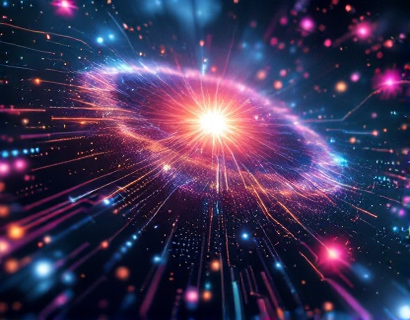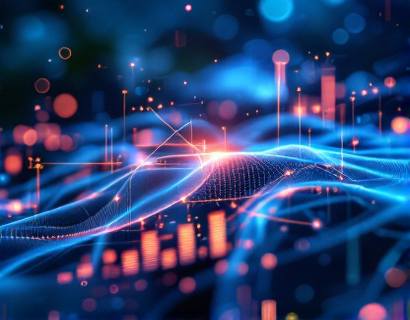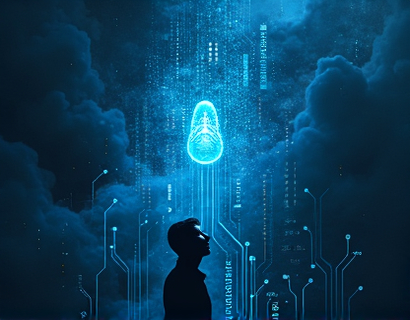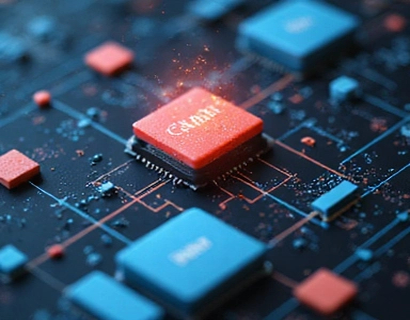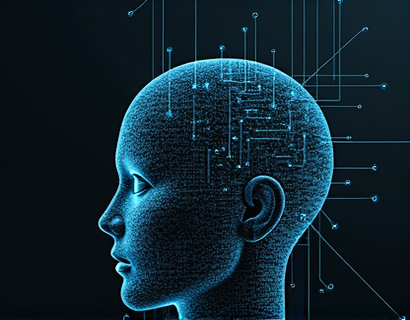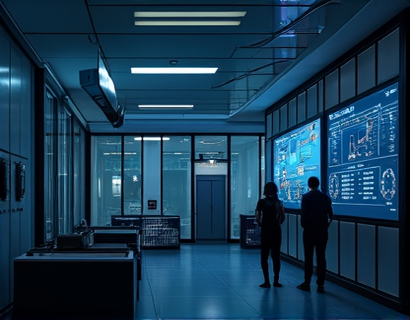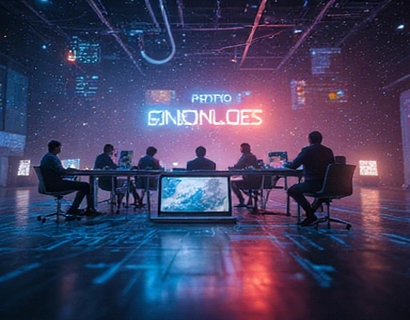AI-Powered Cosmic Learning: A New Era of Interactive Exploration
The integration of Artificial Intelligence in education has opened new horizons for learners and educators alike, particularly in the field of astronomy and space science. This innovative approach leverages AI to create a personalized and interactive cosmic journey, making the vast and complex universe accessible and engaging for all. The platform at the core of this revolution is designed with customizable settings, allowing both educators and learners to tailor their exploration of the cosmos according to their interests and knowledge levels.
Personalized Learning Experiences
One of the most significant advantages of AI-powered cosmic learning is the ability to offer personalized experiences. Each user can set their preferences, determining the depth and focus of the content they wish to explore. For beginners, the platform can start with fundamental concepts such as the solar system, basic astronomy terms, and the history of space exploration. For more advanced users, it can delve into complex topics like dark matter, black holes, and the latest discoveries in exoplanet research. This customization ensures that learners are always challenged appropriately, keeping them engaged and motivated.
Interactive Exploration Tools
The platform features a variety of interactive tools designed to enhance the learning experience. Virtual reality (VR) and augmented reality (AR) technologies allow users to step into the cosmos, exploring planets, stars, and galaxies in a 3D environment. These immersive experiences are not only educational but also captivating, making abstract concepts more tangible and easier to understand. Interactive simulations and quizzes further reinforce learning, providing immediate feedback and encouraging active participation.
Customizable Settings for Educators
For educators, the platform offers extensive customization options to align the learning experience with their curriculum and teaching style. They can select specific topics, adjust the difficulty level, and choose the type of activities and assessments to use. This flexibility ensures that the platform can seamlessly integrate into existing educational programs, whether in a classroom setting or as a supplementary resource for self-study. Educators can also track student progress and engagement, allowing them to provide targeted support and guidance.
AI Chat Agent for Guided Learning
A key component of this platform is the AI chat agent, designed to guide users through their cosmic journey. This chat agent, which we will refer to as the Cosmic Guide, uses natural language processing to understand and respond to user queries. It can provide explanations, answer questions, and offer additional resources based on the user's current level of understanding and interests. The Cosmic Guide adapts its responses over time, becoming more sophisticated as the user progresses, ensuring a continuously enriching experience.
Interactive Q&A Sessions
The Cosmic Guide facilitates interactive Q&A sessions, allowing users to engage in real-time discussions about various astronomical topics. This feature is particularly beneficial for group learning environments, such as classrooms or study groups, where students can collaboratively explore the cosmos. The chat agent can also initiate discussions by posing thought-provoking questions, encouraging critical thinking and deeper exploration of the subject matter.
Accessible Celestial Phenomena
The platform makes celestial phenomena accessible to everyone, regardless of their location or the time of year. Users can explore real-time astronomical events, such as planetary alignments, meteor showers, and eclipses, through detailed explanations and visual simulations. Historical events in astronomy are also recreated, providing context and a deeper understanding of how our knowledge of the universe has evolved over time. This feature is especially valuable for educators looking to bring current and historical events into their lessons.
Comprehensive Resource Library
In addition to interactive tools and guided learning, the platform offers a comprehensive resource library. This library includes a wide range of materials, such as articles, videos, podcasts, and interactive infographics, covering various aspects of astronomy and space science. Users can access these resources to supplement their learning, explore topics in greater depth, or find additional reading materials for further study. The library is continuously updated with the latest research and discoveries, ensuring that users always have access to the most current information.
Multimedia Content for Engaged Learning
The use of multimedia content is a cornerstone of the platform's design, catering to different learning styles and preferences. High-quality videos, often featuring stunning visuals and expert commentary, provide a dynamic way to learn about complex topics. Podcasts offer a more auditory approach, allowing users to absorb information while on the go. Interactive infographics and animations help visualize data and concepts, making them easier to grasp. This diverse range of content ensures that users remain engaged and motivated throughout their learning journey.
Community and Collaboration Features
Recognizing the value of community in learning, the platform includes features that foster collaboration and discussion. Users can join forums, participate in group projects, and connect with peers who share similar interests. These social features not only enhance the learning experience but also build a supportive community of space enthusiasts and learners. Educators can also use these features to facilitate group activities, assign collaborative tasks, and monitor student interactions, providing a more holistic educational experience.
Adaptive Learning Paths
One of the most advanced aspects of the platform is its adaptive learning paths. Using machine learning algorithms, the platform analyzes user interactions and performance to create a personalized learning trajectory. This means that as users progress, the content and challenges are dynamically adjusted to match their evolving skills and knowledge. This adaptive approach ensures that learners are always challenged appropriately, preventing boredom or frustration and promoting continuous growth.
Real-Time Feedback and Assessment
Real-time feedback is a critical component of effective learning, and the platform excels in this area. As users complete activities and quizzes, they receive immediate feedback on their performance, highlighting areas of strength and those needing improvement. This instant feedback loop helps users stay on track and make necessary adjustments to their learning strategy. For educators, the platform provides detailed reports on student progress, enabling them to identify trends and provide targeted support.
Enhancing Scientific Literacy
The ultimate goal of this AI-powered cosmic learning platform is to enhance scientific literacy and foster a deeper appreciation for the universe. By making astronomy and space science accessible and engaging, the platform aims to inspire the next generation of scientists, explorers, and thinkers. Whether used in formal educational settings or for personal enrichment, the platform plays a crucial role in demystifying complex concepts and sparking curiosity about the cosmos.
Conclusion
AI-powered cosmic learning represents a significant leap forward in educational technology, offering a personalized, interactive, and comprehensive approach to exploring the universe. By leveraging the power of AI, this platform makes the vast and intricate world of astronomy accessible to everyone, breaking down barriers and opening up new possibilities for learning. As technology continues to evolve, the potential for even more innovative and impactful educational tools is immense, promising a brighter and more informed future for all.



